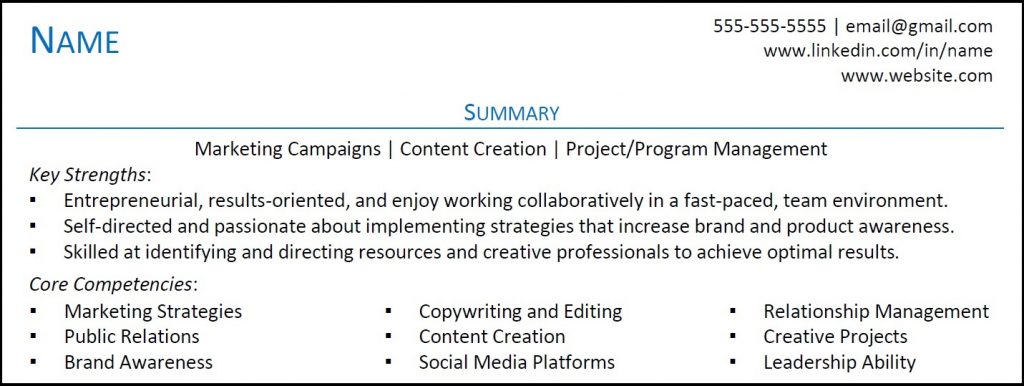You might have noticed that the use of a headline at the top of the resume has become very popular. In my opinion, we can thank LinkedIn for that. They provide you the option to customize your headline rather than use their default one (your current or most recent job title and company). By the way, I strongly recommend you customize your LinkedIn headline rather than go with their default version.
I really like this trend of using headlines for resumes. It’s something I’ve been advising clients to do long before it became a standard formatting feature. Even though a headline is not the ideal solution for every resume (Read: Catch Their Attention With Your Positioning Statement), it definitely works when you want to emphasize a certain stand-out feature about yourself, highlight your personal brand, and/or show multiple functional titles or areas you’re targeting.
Here are some tips for how to make your headline stand out…
- Your Headline is flexible and can be a statement such as:
Program Development Manager with Expertise in Strategic Project Planning
- It can contain multiple titles or positions such as:
Project Manager/Production Manager/Business Manager
- You can also use functional terms such as:
Web Development instead of Web Developer
Software Engineering instead of Software Engineer
See the example below for how it might look to use functional areas (Marketing Campaigns, Content Creation, and Project/Program Management) instead of job titles, as well as to see how you might position your headline as part of your summary section.

